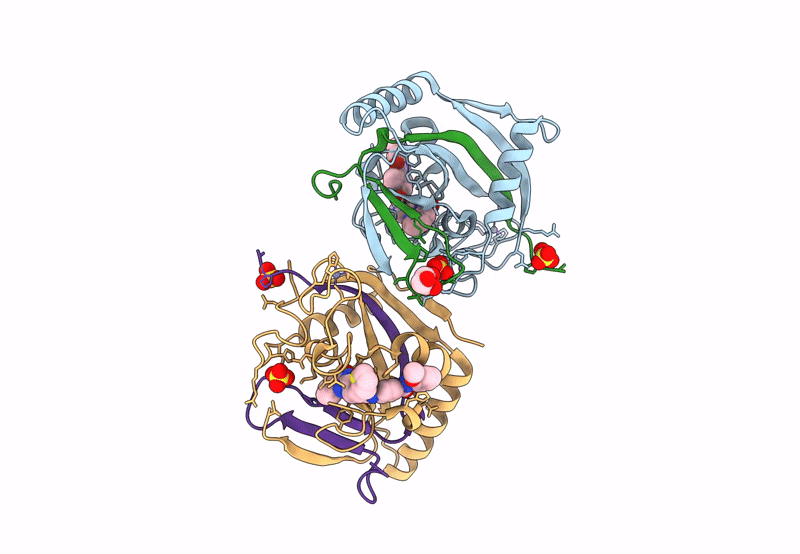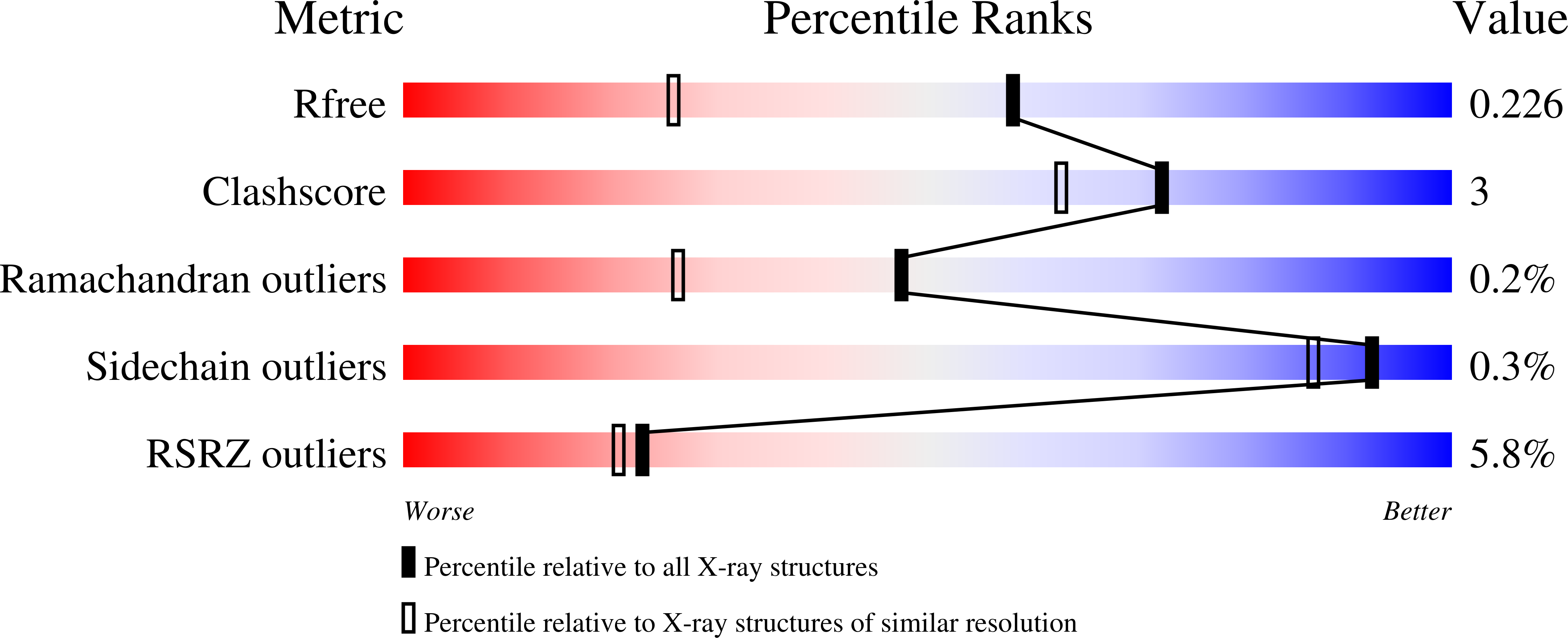
Deposition Date
2022-09-27
Release Date
2023-10-11
Last Version Date
2025-04-30
Method Details:
Experimental Method:
Resolution:
1.60 Å
R-Value Free:
0.21
R-Value Work:
0.18
Space Group:
C 2 2 21


